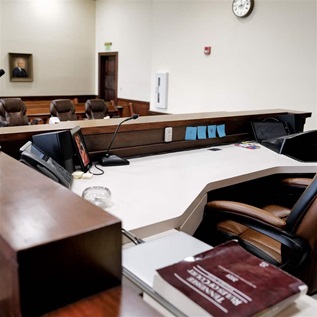Policy Recommendations: Improving Checking Account Consumer Protections
QUICK SUMMARY
Each year, Americans pay millions of dollars in fees associated with their checking accounts. In fact, bank practices with regard to the ordering of transactions can serve to maximize overdraft fees. Pew has developed four key recommendations that can inform the efforts of the Consumer Financial Protection Bureau (CFPB) to improve bank transparency and practices, allowing consumers to comparison shop for the product that best meets their needs.
Inside the Fact Sheets
Most consumers are not aware of their options regarding overdraft, and bank disclosure documents are typically long and dense, making it difficult for customers to find important information about fees and other practices. These fact sheets outline key findings of previous Pew research and the recommendations arising from them. The fact sheets address the following four topics:
Background
In June 2012, the Pew Safe Checking in the Electronic Age Project released Still Risky: An Update on the Safety and Transparency of Checking Accounts. This report examined the terms and conditions of 274 distinct checking accounts offered online by the 12 largest banks and 12 largest credit unions in the United States as of October 2011. Pew released Overdraft America, a national survey of consumers who had overdrafted using their debit or ATM card in the past year, in April 2012. Findings from these two studies form the basis for the policy recommendations outlined in the fact sheets.






